Software continues to rise as a percentage of automation development costs. Enhancements or maintenance of the code can be more than double the initial costs. That's why standards are important. They're designed to improve productivity, quality and efficiency. They establish a common base for understanding, training and collaboration.
IEC 61131-3 was most recently updated in 2013. It's an open PLC standard that defines the application programming development environment.
In a new on-demand presentation, Bill Lydon, director of PLCopen North America and editor of Automation.com, explains the four programming languages and the structured design language that the standard covers.
"Common standards are important to improve reliability and quality and this has been proven throughout the computer industry over the years," says Lydon on the importance of standards. "And the industrial automation market is really becoming centered on programming of applications."
Lydon ─ who has experience in industrial automation, process control, and building automation with technology and business ─ successfully launched new technical products as a marketing manager for a Fortune 500 company and, by contrast, built an early stage, start-up company from seed money to venture capital.
View the on-demand video presentation "Fundamentals of IEC 61131 basics" here.
About the Author
Control Design editors
Control Design editors

Leaders relevant to this article:

